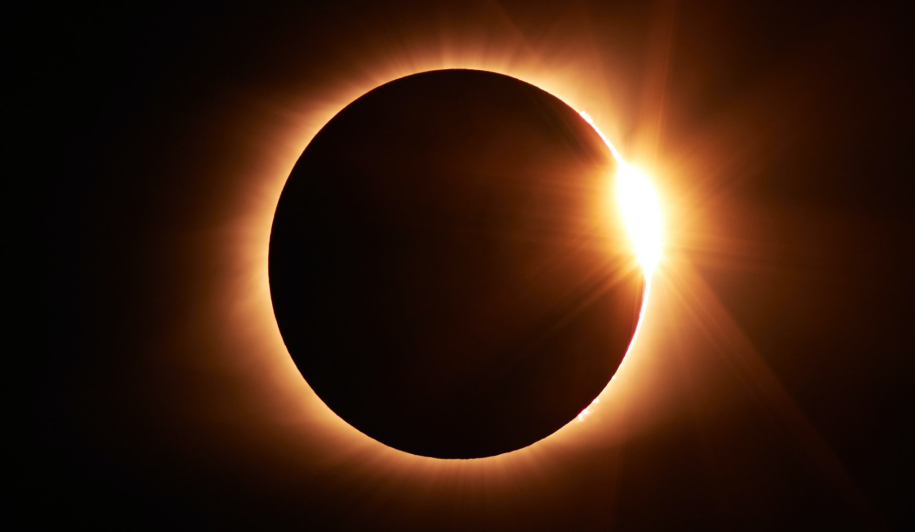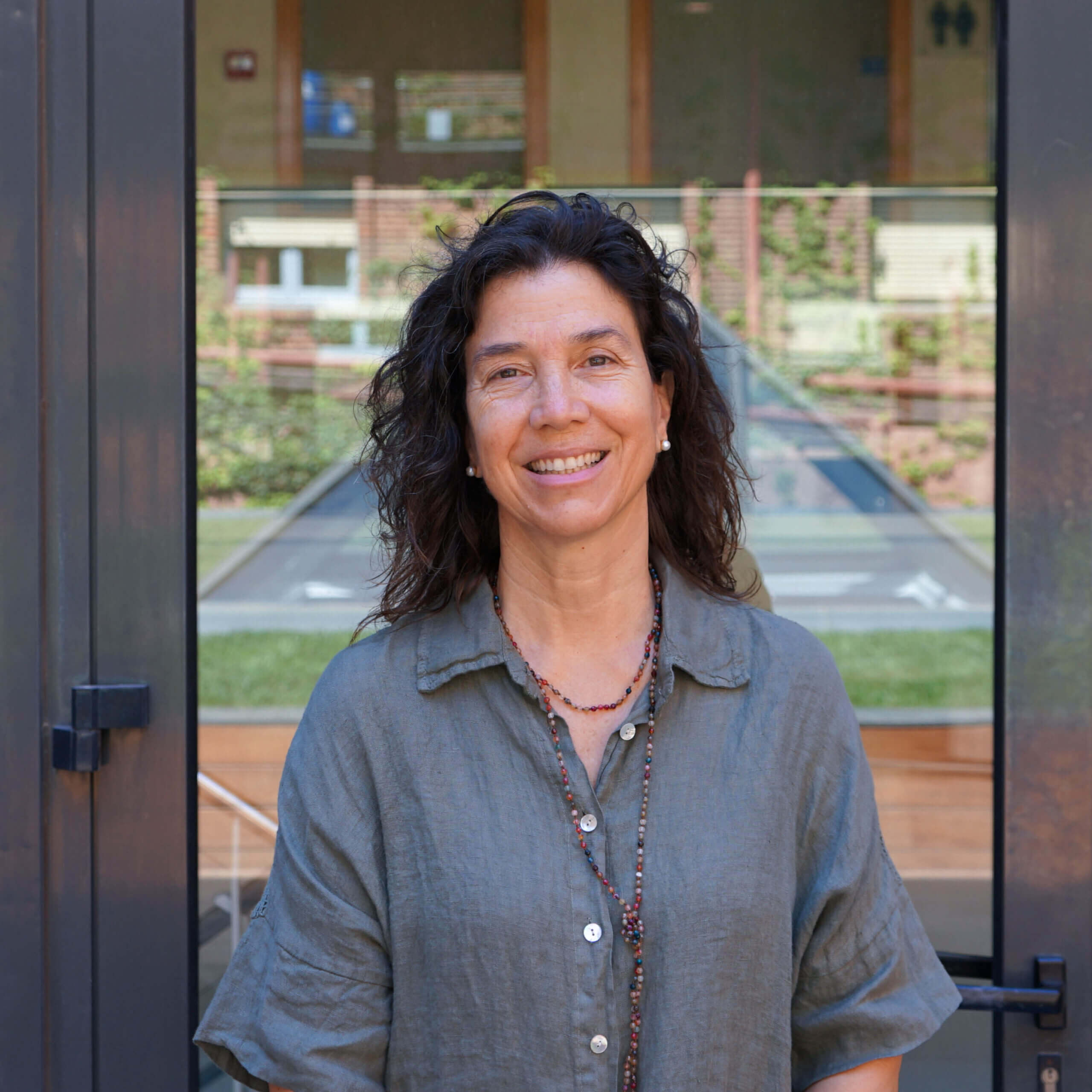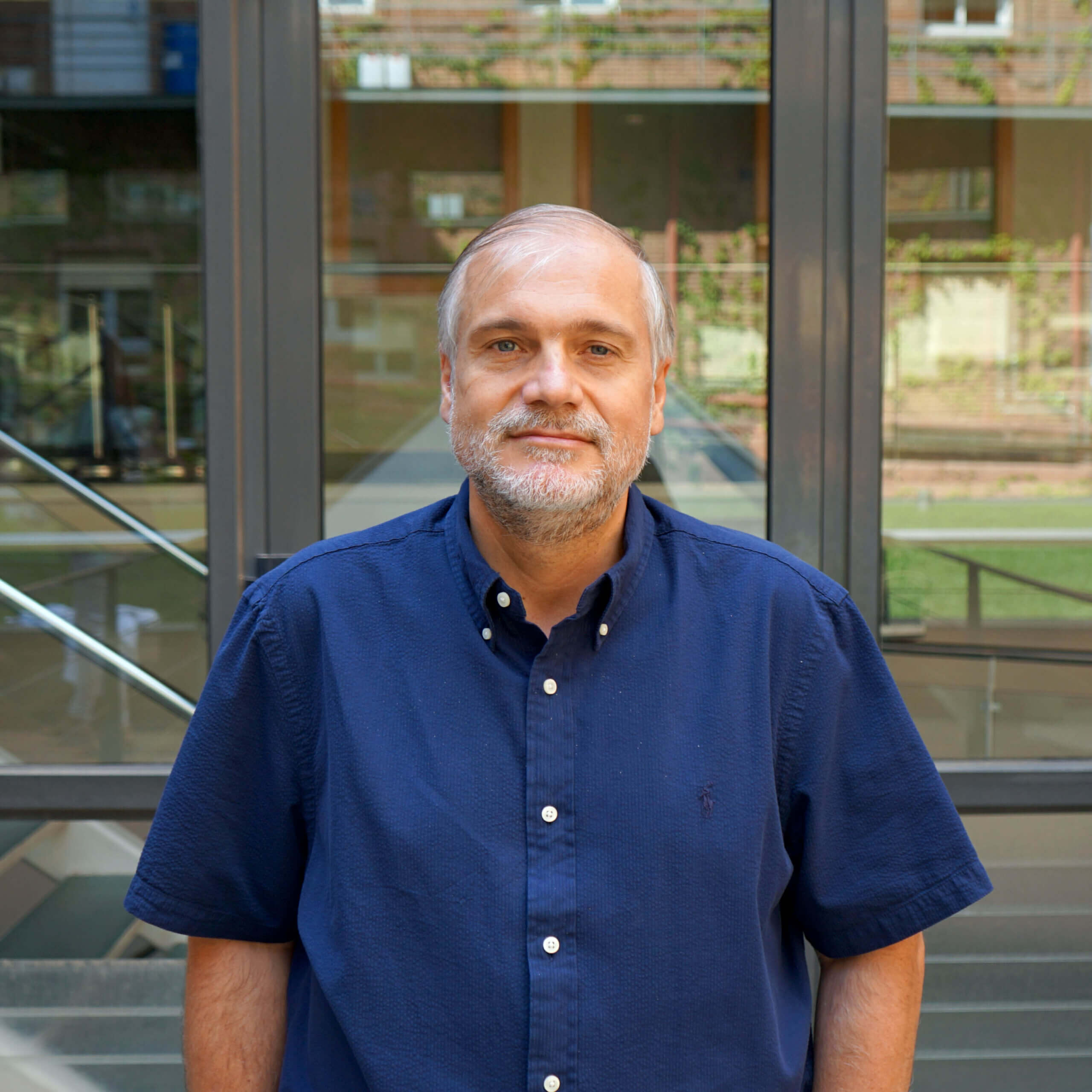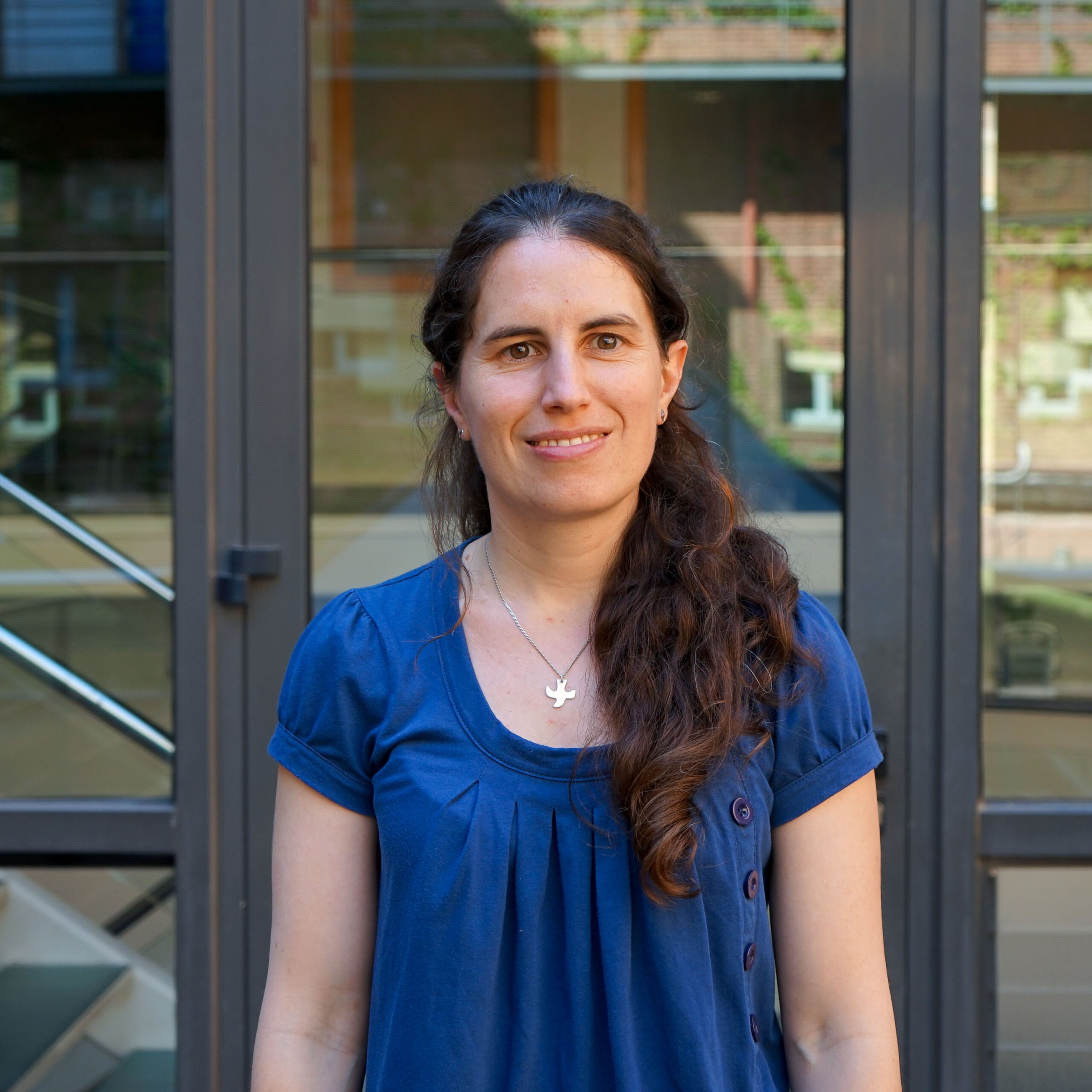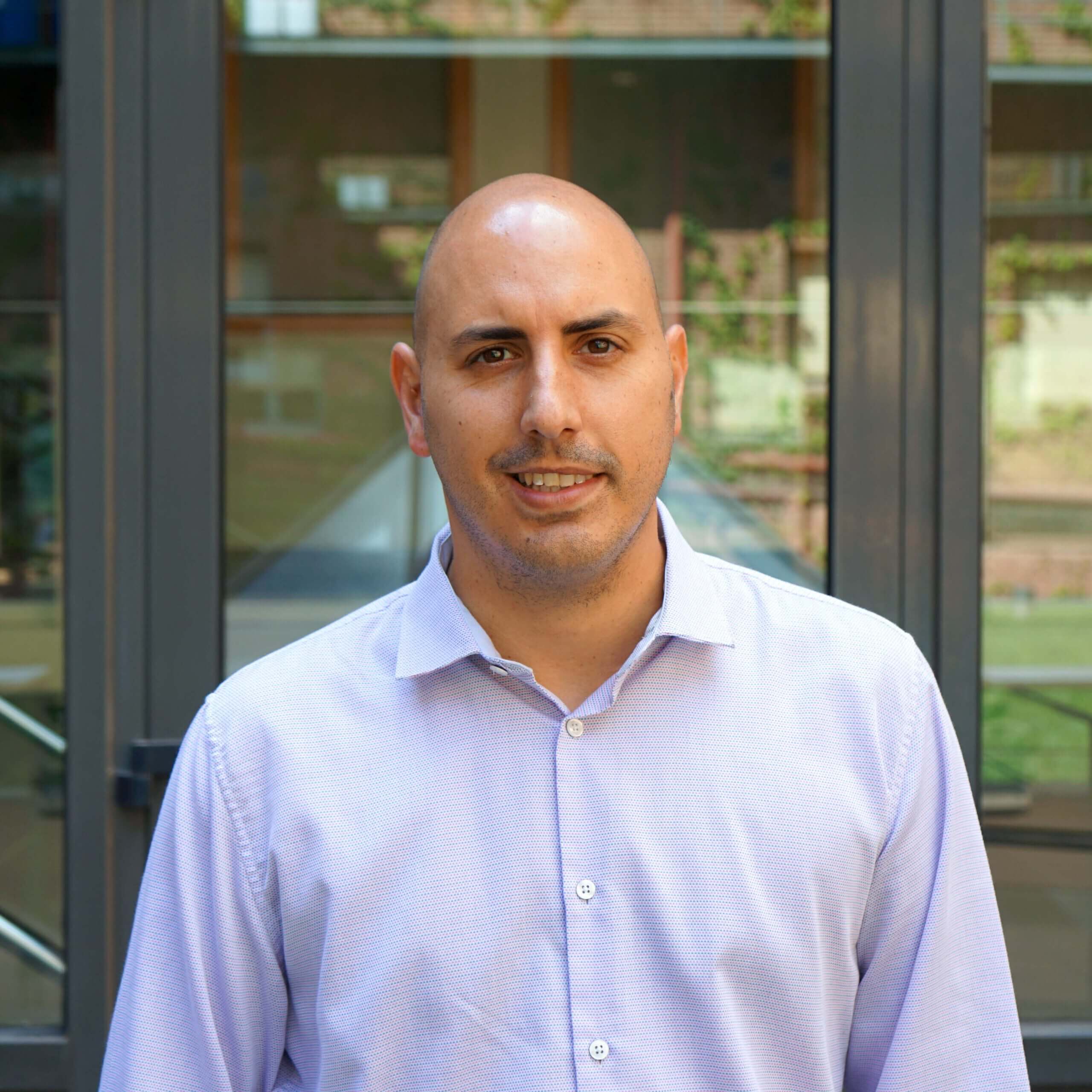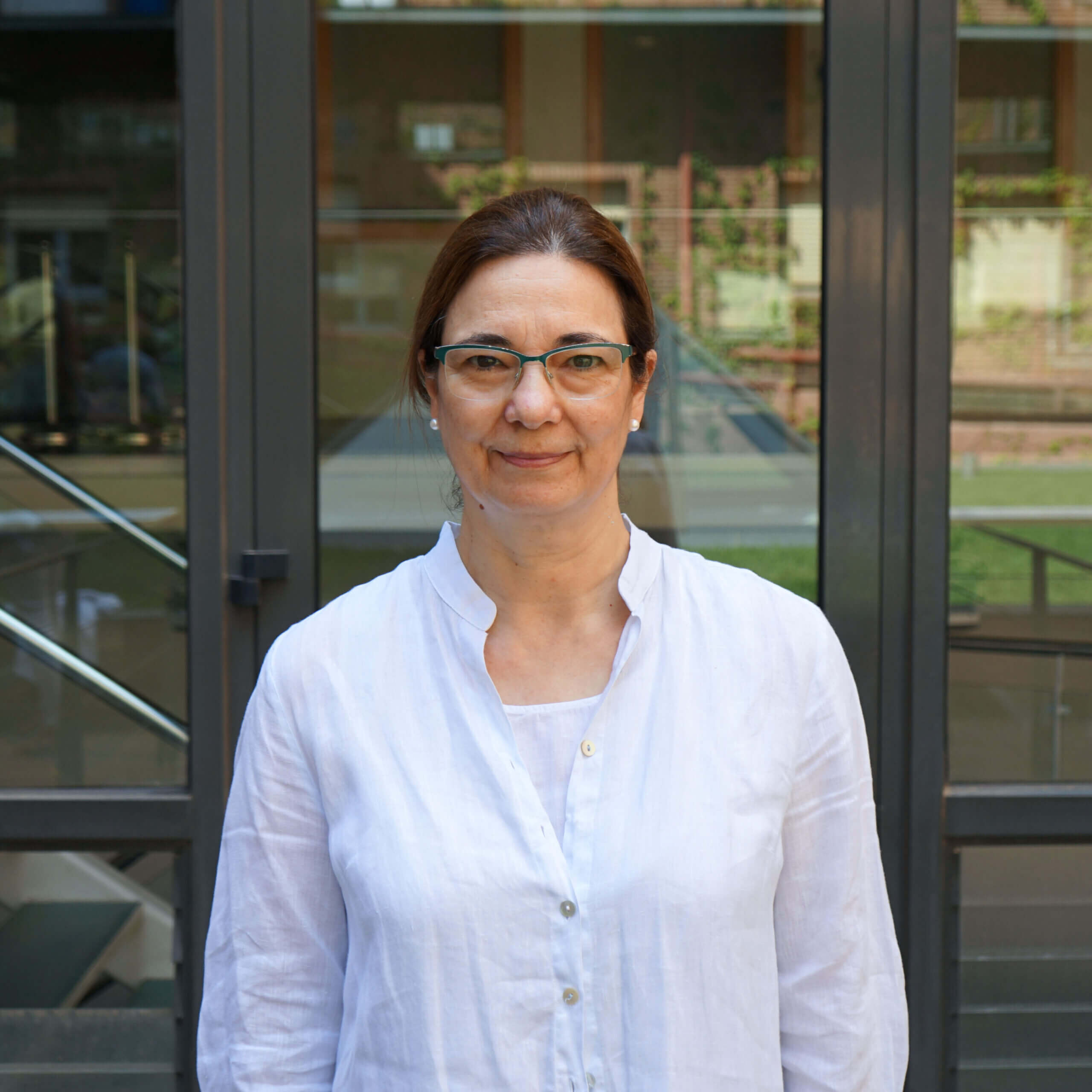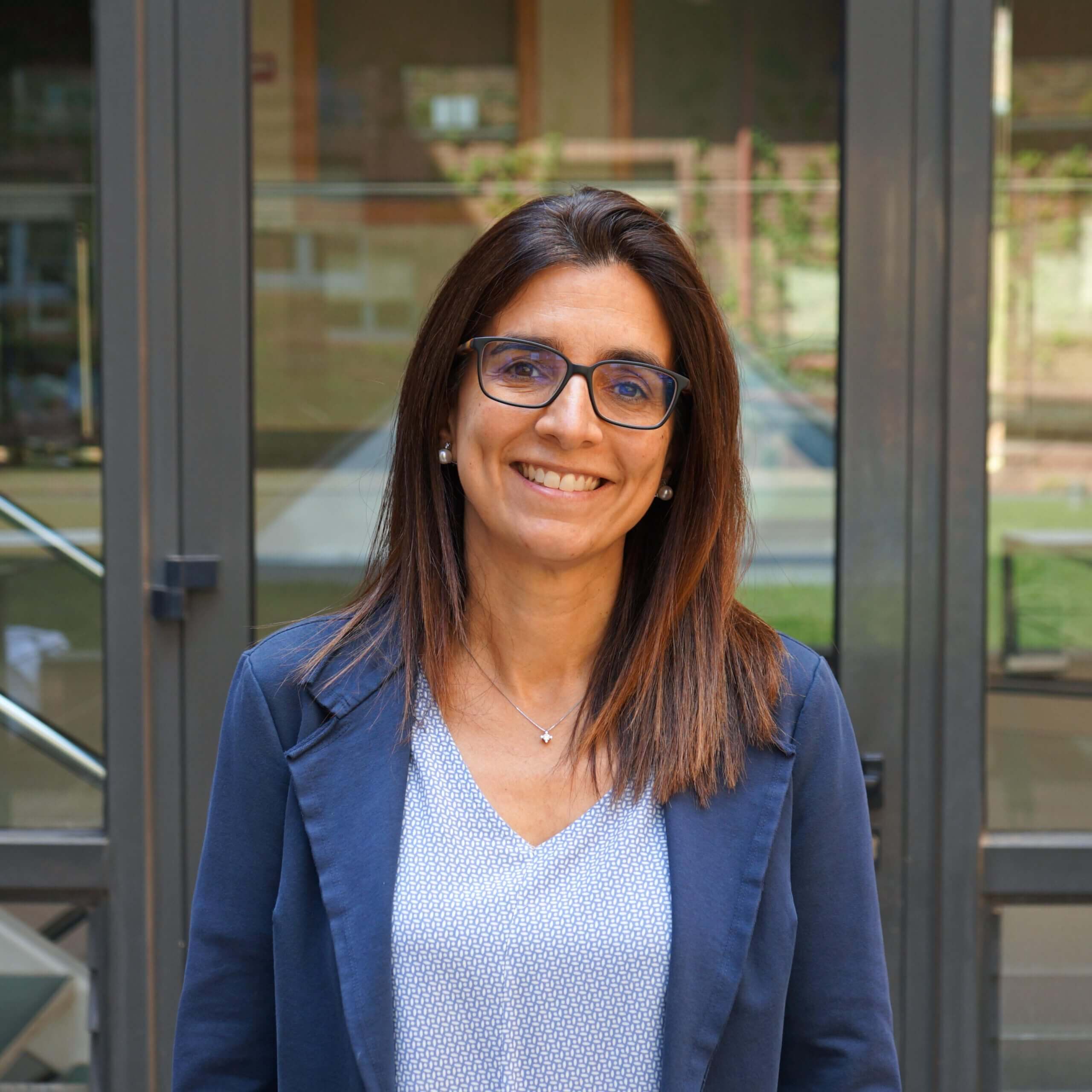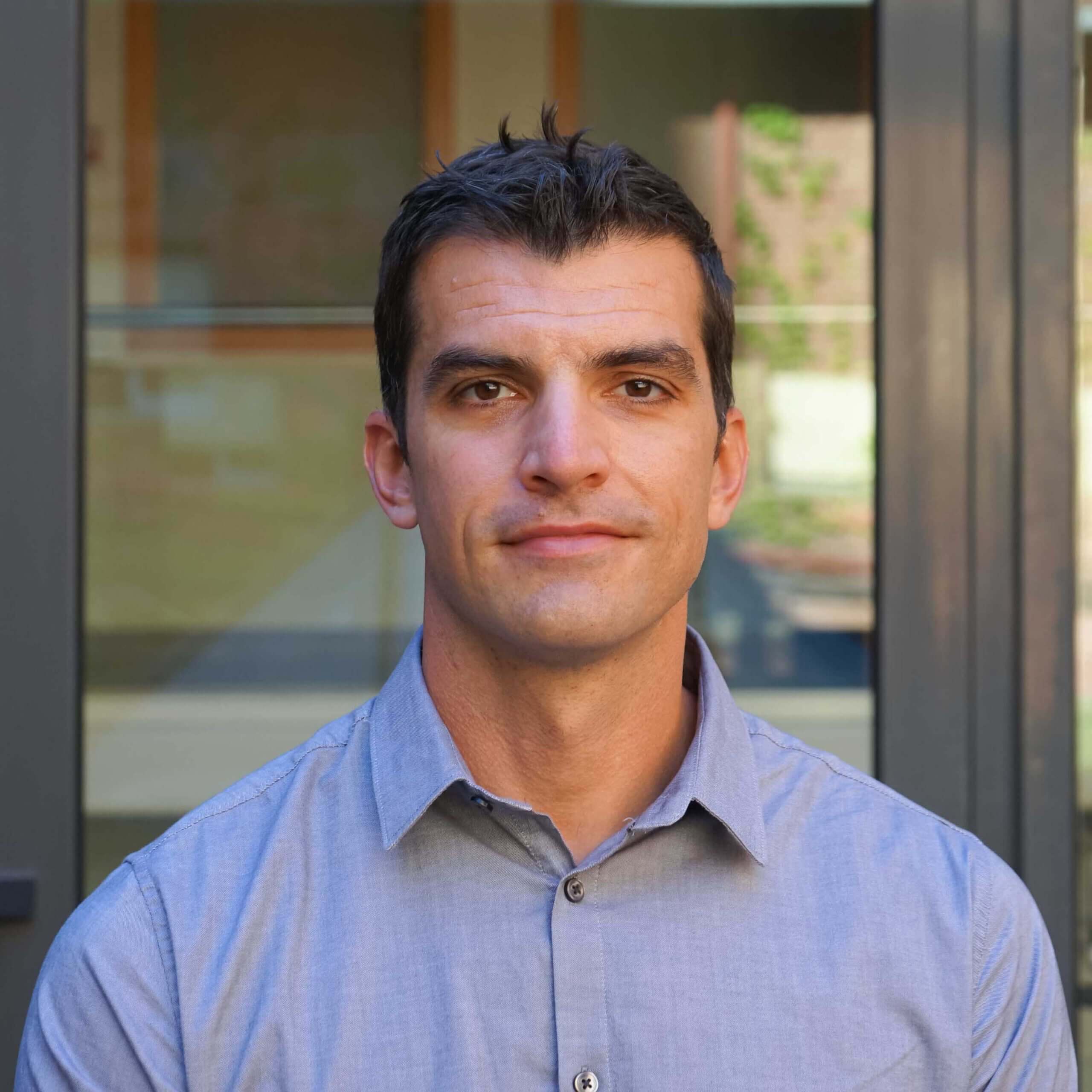
Departments IQS School of Engineering
Analytical and Applied Chemistry
Introduction
The Department of Analytical and Applied Chemistry is formed by the following labs: Chromatography, Environmental Lab, Biological Photochemistry, General Analyses, Electrochemistry, Metal Analysis and Quality Management. This organization allows the Department to cover the most important and current aspects of chemistry
The Department works on fundamental and applied research. The research outcomes are applicable in fields such as chemical, pharmaceutical, food, environmental, life sciences and energy.
Teaching
The Department is responsible for teaching fundamental aspects of chemistry, inorganic chemistry, physical chemistry, analytical chemistry, advanced analytical techniques, photochemistry, environmental analysis and quality management systems.
The Department develops its activity in the following degrees: Degree in Chemistry, Degree in Chemical Engineering, Engineering Degree in Industrial Technology, Degree in Biotechnology, Degree in Pharmacy, Master in Analytical Chemistry, Master in Pharmaceutical Chemistry, Master in Materials Science and Engineering, and Master in Chemical Engineering.
Research
- Persistent Organic Pollutants: development of analytical methods for their determination, study of its presence and removal methods for food chain products’, study of their presence in air and the influence on them of the climatological – seasonal factors.
- Study of instrumental chromatographic techniques (GC, HPLC, GC- MS, HPLC -MS)
- Application of sludge from purifying plants in degraded soils restoration
- Determination of metals in environmental, pharmaceutical and food samples
- Characterization of water, contaminated soil and waste
- Study of organic pollutants in the atmosphere (emissions and immissions): ozone precursors , siloxanes and polycyclic aromatic hydrocarbons . Development of analytical methods for their determination. Study of the sources and evolution of these pollutants in the air
- Analysis of active pharmaceutical ingredients and related substances by chromatographic and electrophoretic techniques (HRGC, HPLC and HPCE). Design, development, validation and transfer of analytical methods
- Development of electrochemical gas sensors
- Electrochemical biosensors.
- Electrochemistry of corrosion
- Validation of analytical procedures and metrological confirmation of equipments in ISO 17025, ISO 9001 and GMP quality systems
- Adaptation to EHEA: design, implementation and improvement of quality systems in teaching.
- Biological Photochemistry
- Photodynamic therapy and theranostic applications of light
- Photofunctional molecules, proteins and nanostructured materials
- Photoprotective sunscreens
- New strategies in antimicrobial photodynamic therapy: genetically encoded photosensitizers, peptide-conjugated photosensitizers and multicationic photosensitizers.
- New strategies for singlet oxygen detection by fluorescence probes.
- Photoelectrochemistry of nanostructured semiconductor electrodes.
- Artificial photosynthesis (water photooxidation).
- Heterogeneous photocatalysis for pollutant abatement and hydrogen production.
Head of department
Profesorado
Do you want to see more departments?
